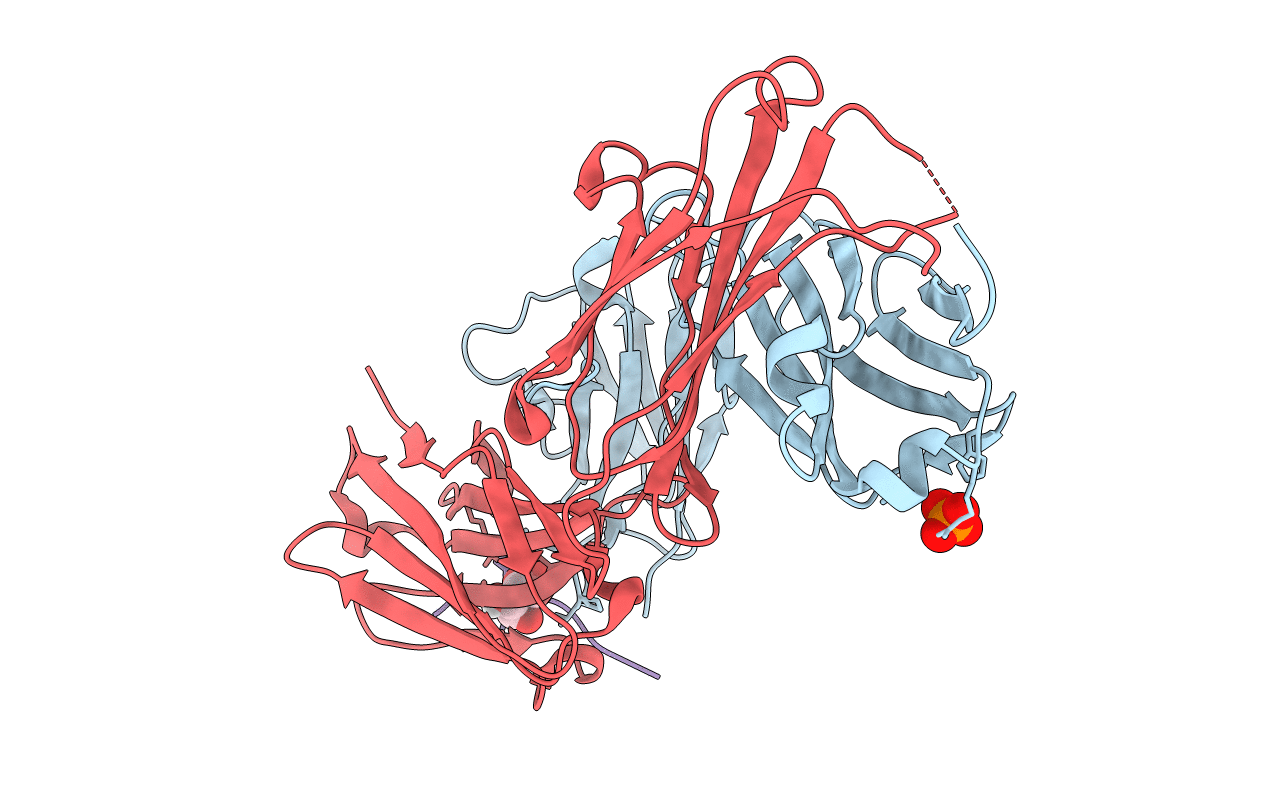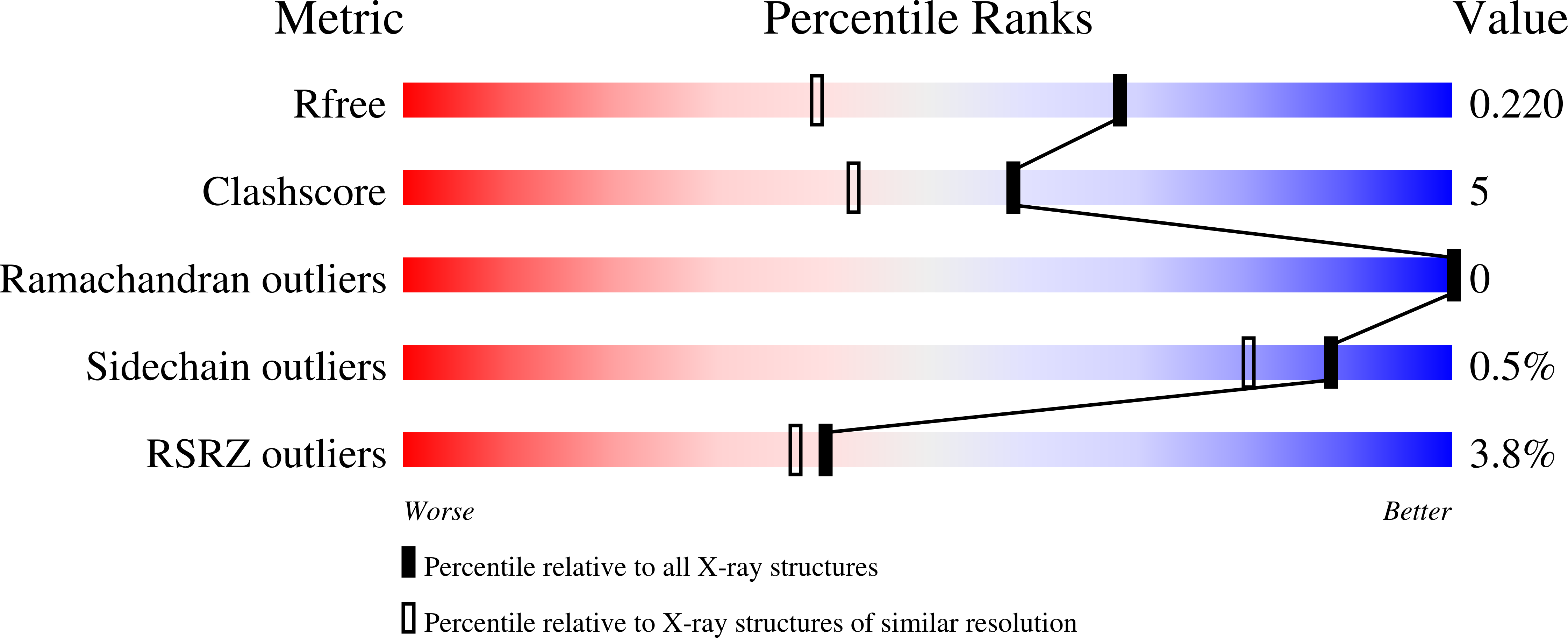
Deposition Date
2019-06-30
Release Date
2020-07-08
Last Version Date
2024-11-20
Entry Detail
PDB ID:
6PLH
Keywords:
Title:
FAB fragment complexed with C-mannosylated tryptophan peptide
Biological Source:
Source Organism:
Homo sapiens (Taxon ID: 9606)
Mus musculus (Taxon ID: 10090)
Mus musculus (Taxon ID: 10090)
Host Organism:
Method Details:
Experimental Method:
Resolution:
1.60 Å
R-Value Free:
0.22
R-Value Work:
0.18
R-Value Observed:
0.19
Space Group:
P 1 21 1


